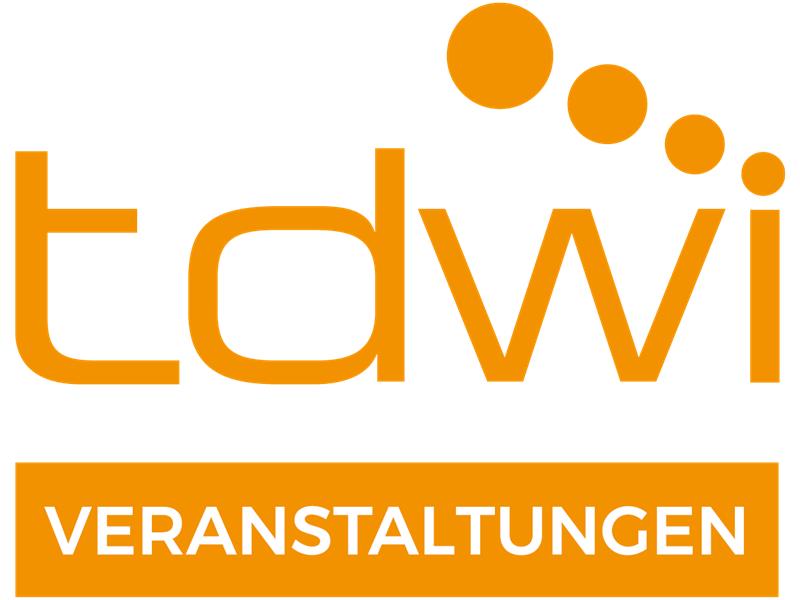
Please note:
On this site, there is only displayed the English speaking sessions of the TDWI München digital. You can find all conference sessions, including the German speaking ones, here.
The times given in the conference program of TDWI München digital correspond to Central European Time (CET).
By clicking on "EVENT MERKEN" within the lecture descriptions you can arrange your own schedule. You can view your schedule at any time using the icon in the upper right corner.
ROOM K3 | How to Design a Logical Data Fabric?
A popular new architecture for offering frictionless access to data is the data fabric. With a data fabric, existing transactional and data delivery systems are wrapped (encapsulated) to make all of them look like one integrated system. A data fabric enables all data consumers to access and manipulate data. Technically, data is accessed and used through services. But data fabrics cannot be bought, they need to be designed and developed. This session discusses key guidelines for designing data fabrics.
Target Audience: Data architects, enterprise architects, solutions architects, IT architects, data warehouse designers, analysts, chief data officers, technology planners, IT consultants, IT strategists
Prerequisites: General knowledge of databases, data warehousing and BI
Level: Advanced
Extended Abstract:
Companies are becoming increasingly dependent on data. Having access to the right data at the right time is essential. This implies that users need frictionless access to all the data, wherever it is stored, in a transactional database, a data warehouse, or a data lake. It does not matter to users where data comes from as long as it meets all their requirements. Users do not want to be hindered by all the data delivery silos. They want one system that gives them access to all the data they need.
The solution to provide frictionless access cannot be data warehouse-like, wherein all the data is copied (again) to one big central database. In this second era of data integration, integration must be achieved without copying. A new solution must be based on a single universal entry point to access all data. Where and how the data is stored, whether it is stored in various databases, must be completely hidden from data users.
A popular new architecture that supports this approach is data fabric. With a data fabric, existing transactional and data delivery systems are wrapped (encapsulated) to make all the independent systems look like one integrated system.
A data fabric is formed by a software layer that resides on top of all the existing transactional silos and data delivery silos, enabling all data consumers to access and manipulate data. Technically, data is accessed and used through services.
A real data fabric supports any type of service, whether this is a more transactional or analytical service. And especially the second group of services is complex to develop. Maybe analytical services based on predefined queries are not that complex to develop, but how are such services developed that need to deal with ad-hoc queries?
This session explains the need for data fabrics that support all types of services and discusses key guidelines for designing data fabrics. Technologies are discussed that help with developing such services.
- What a data fabric is, and why you need one
- How you can architect a service-centric fabric to gain flexibility and agility
- The data management and integration capabilities that are most relevant
- Where to start your journey to data fabric success
- What is logical data fabric?
Industry analyst
Rick van der Lans is a highly-respected independent analyst, consultant, author, and internationally acclaimed lecturer specializing in data architectures, data warehousing, business intelligence, big data, and database technology. He has presented countless seminars, webinars, and keynotes at industry-leading conferences. He assists clients worldwide with designing new data architectures. In 2018 he was selected the sixth most influential BI analyst worldwide by onalytica.com.
Vortrag Teilen


